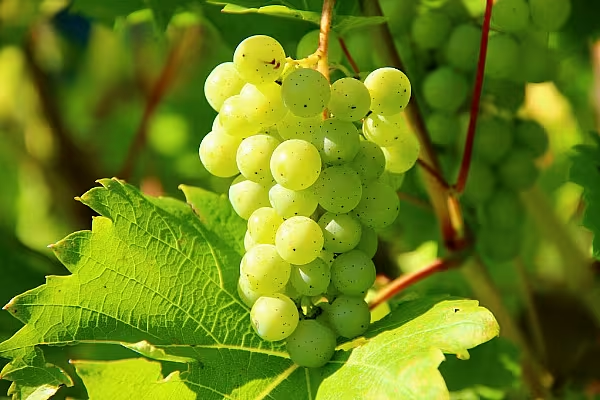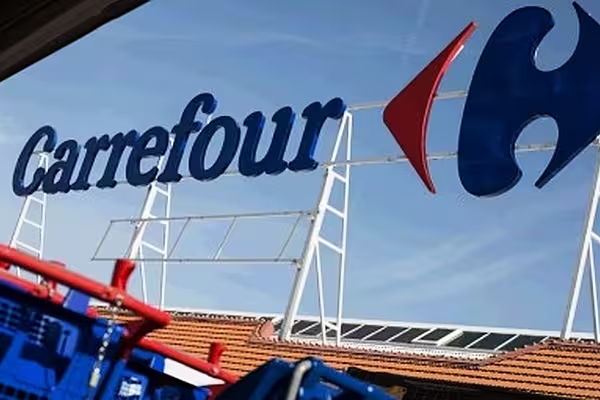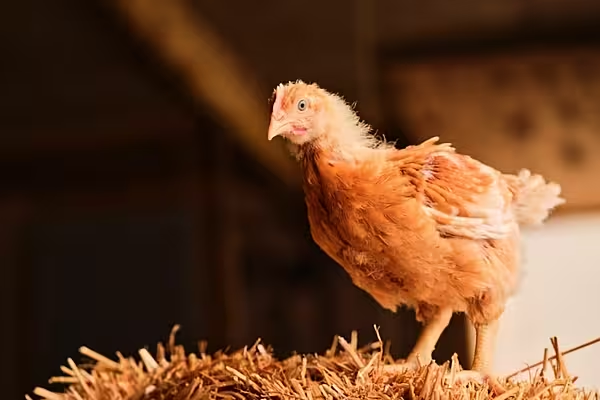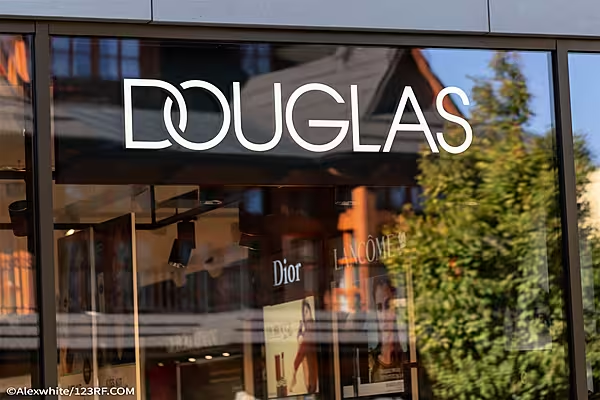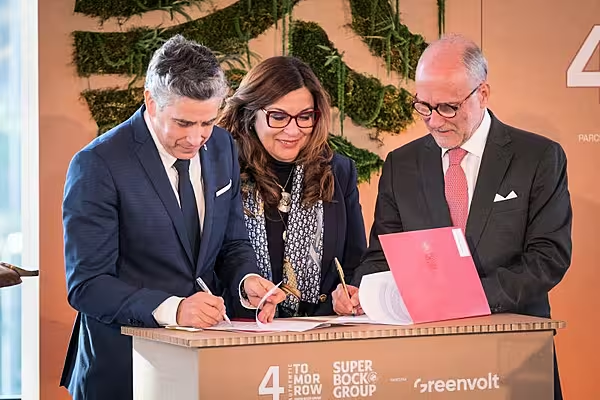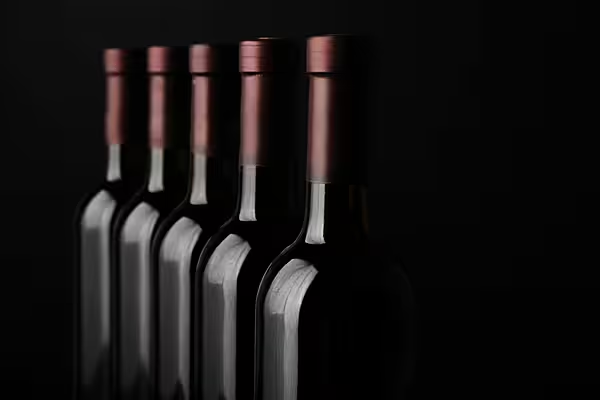Vineyards across Catalonia's renowned Penedes cava-producing region are so parched that the roots of 30-year-old vines have died, leaving shrivelled red and green grapes languishing under the intense sun – much to the sector's dismay.
The northeastern region is among the most affected by Spain's long drought, registering the driest start to a year in the first four months of 2023 since records began in 1961.
The cava sector believes it could lose between 35% and 55% of grapes compared to a relatively normal harvest, due to the scarcity of rain, said Quim Tossas, chairman of AE CAVA, a business group representing 75% of producers of the sparkling wine.
"The situation is dramatic," he said.
Most cava is sold outside of Spain – the world's second-largest producer of sparkling wine after France. Last year the sector produced 249 million bottles, 4.6% more than in 2021.
Climate Change
As droughts and higher-than-usual temperatures are expected to intensify as a consequence of climate change, some producers are seeking creative solutions, hoping to reduce the use of water.
The Vilarnau winery is reusing water for cleaning to also water vineyards, separating vines so they suffer less of what they call 'hydric stress' and using other seeds and varieties considered more drought-resistant.
"Climate change affects us not only in production, but also in changing the mentality of viticulture," said Eva Plazas, oenologist at Vilarnau.
"I think the future will go like this: native varieties, much wider (distance between) planting posts and try to reuse the water we have, so that all this will end up adding up so we can have quality grapes in the area."
